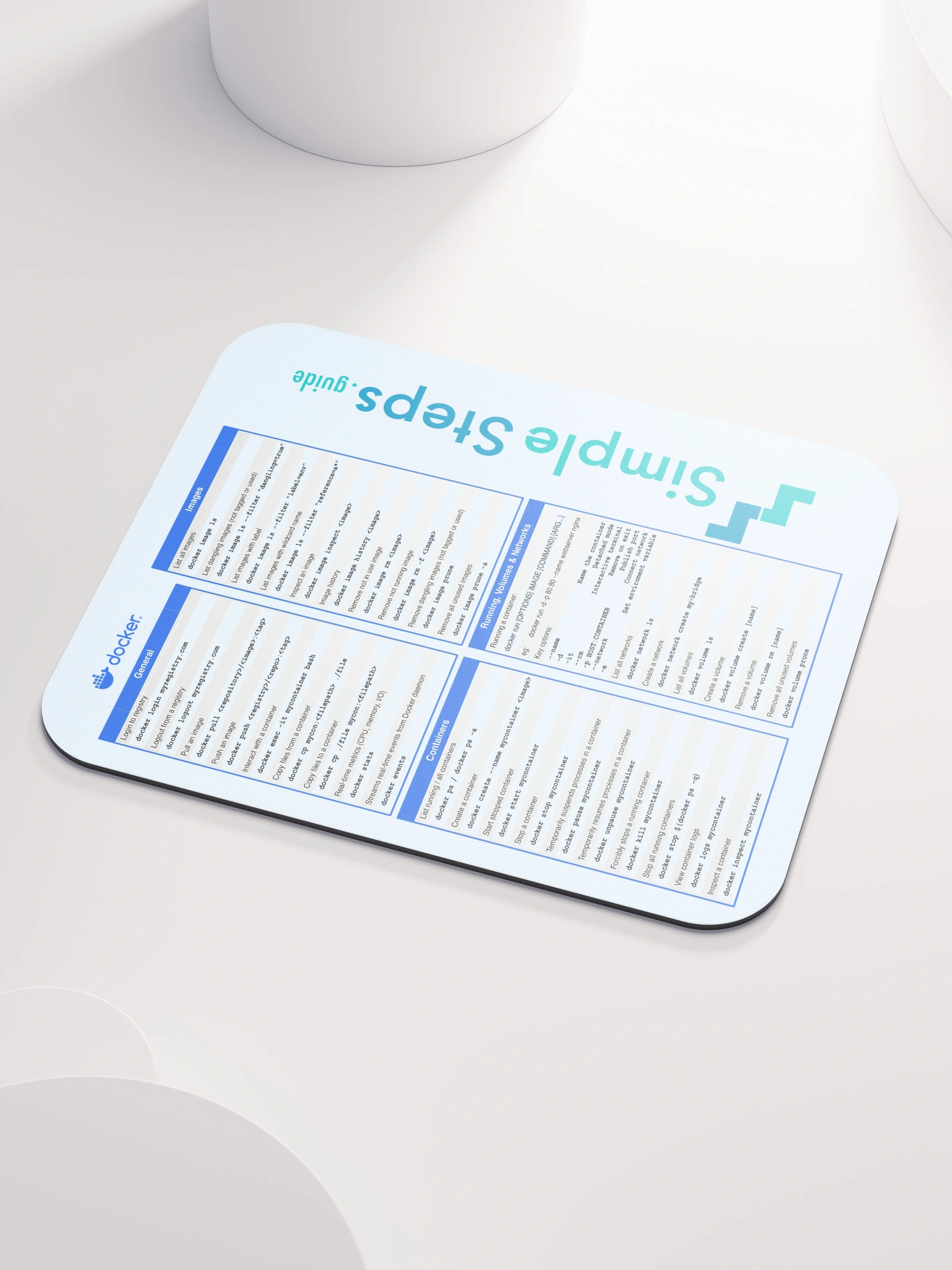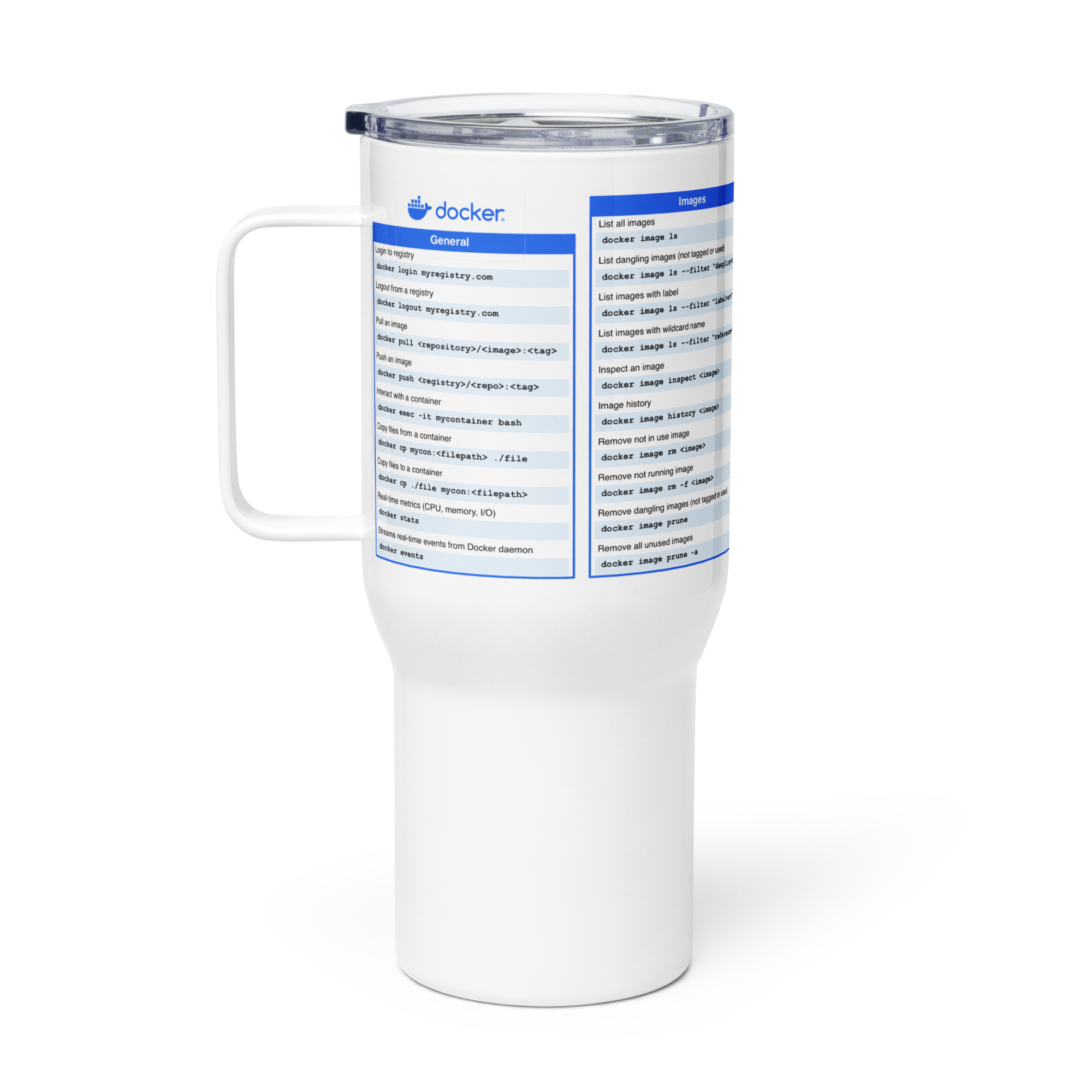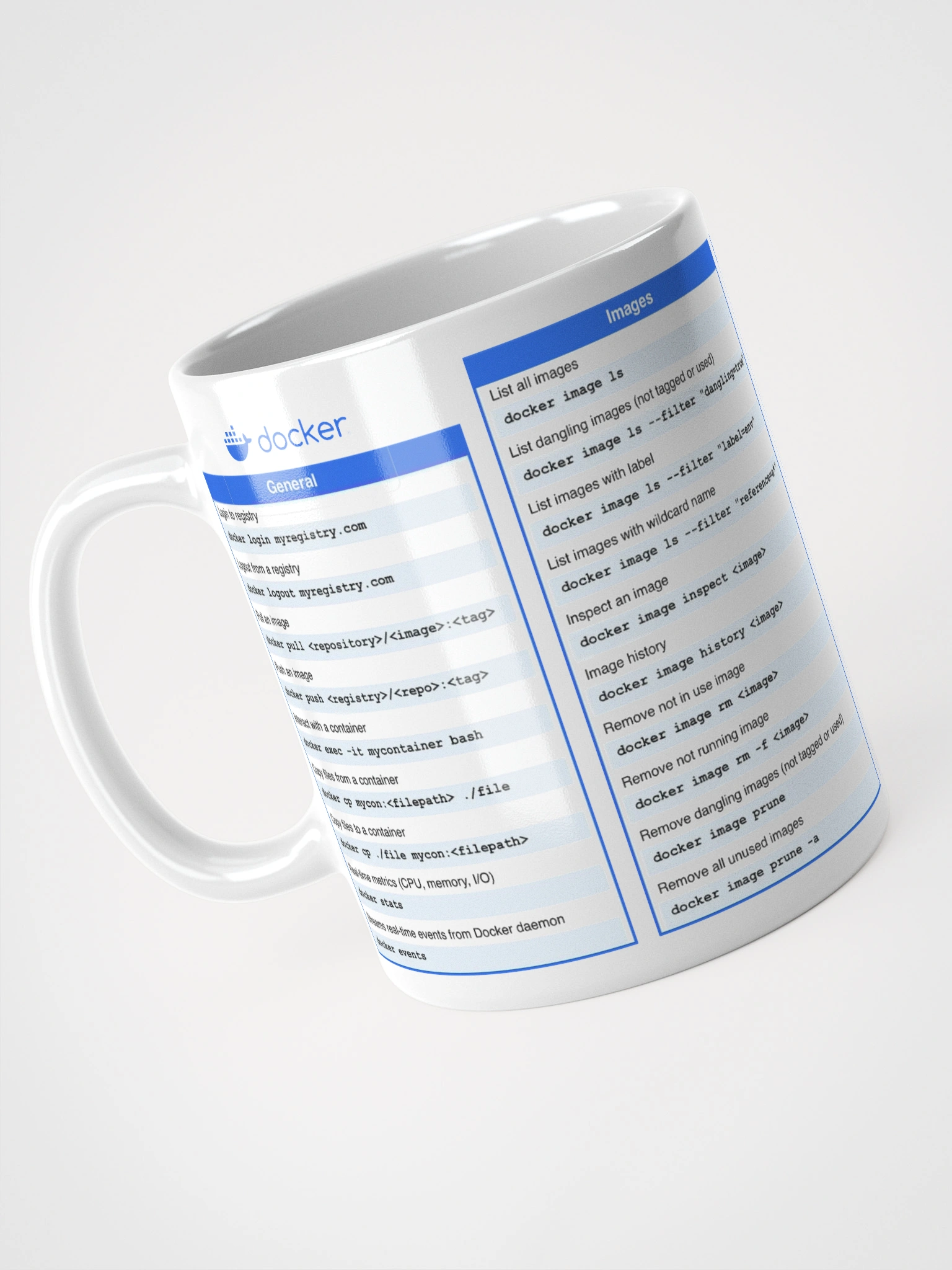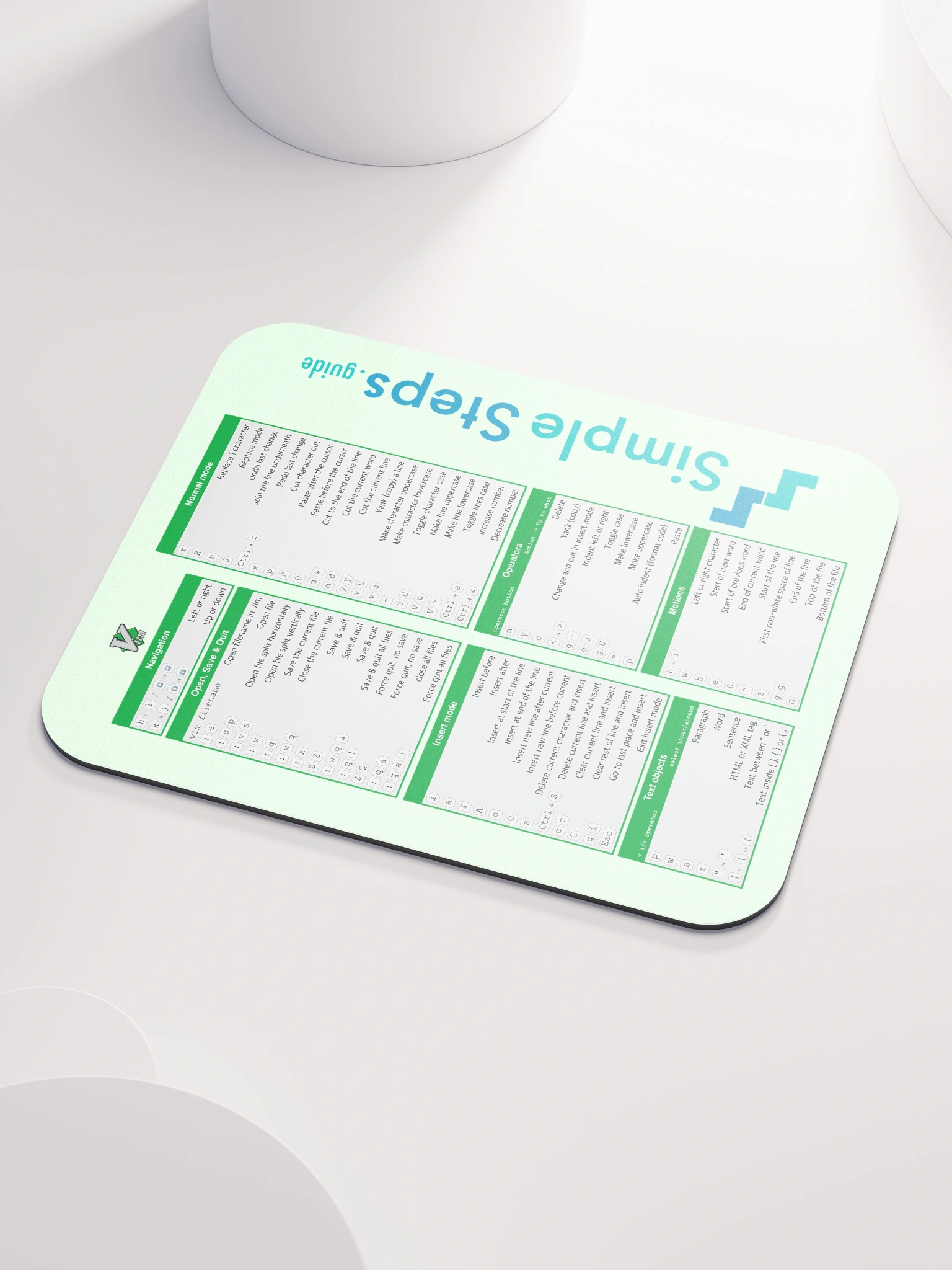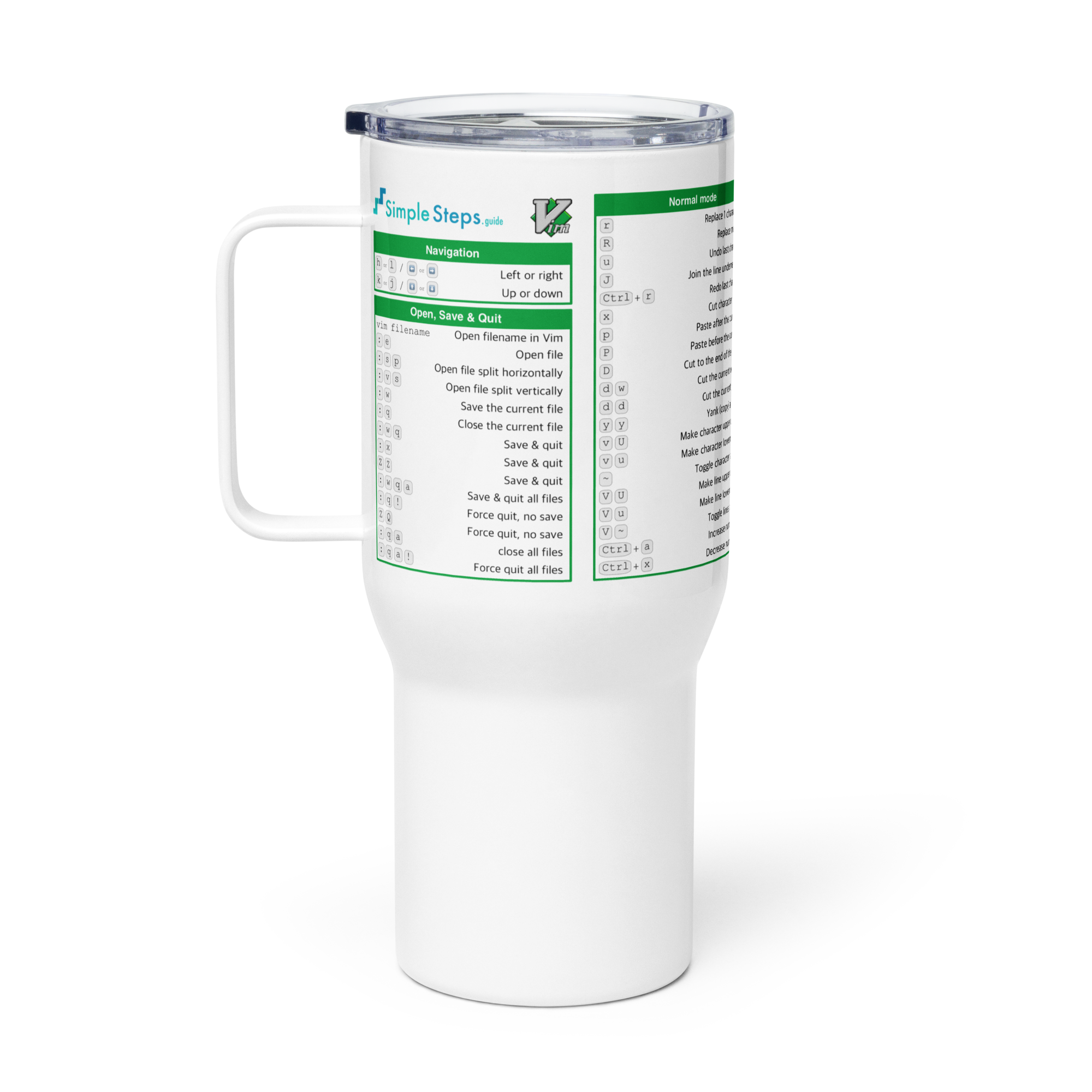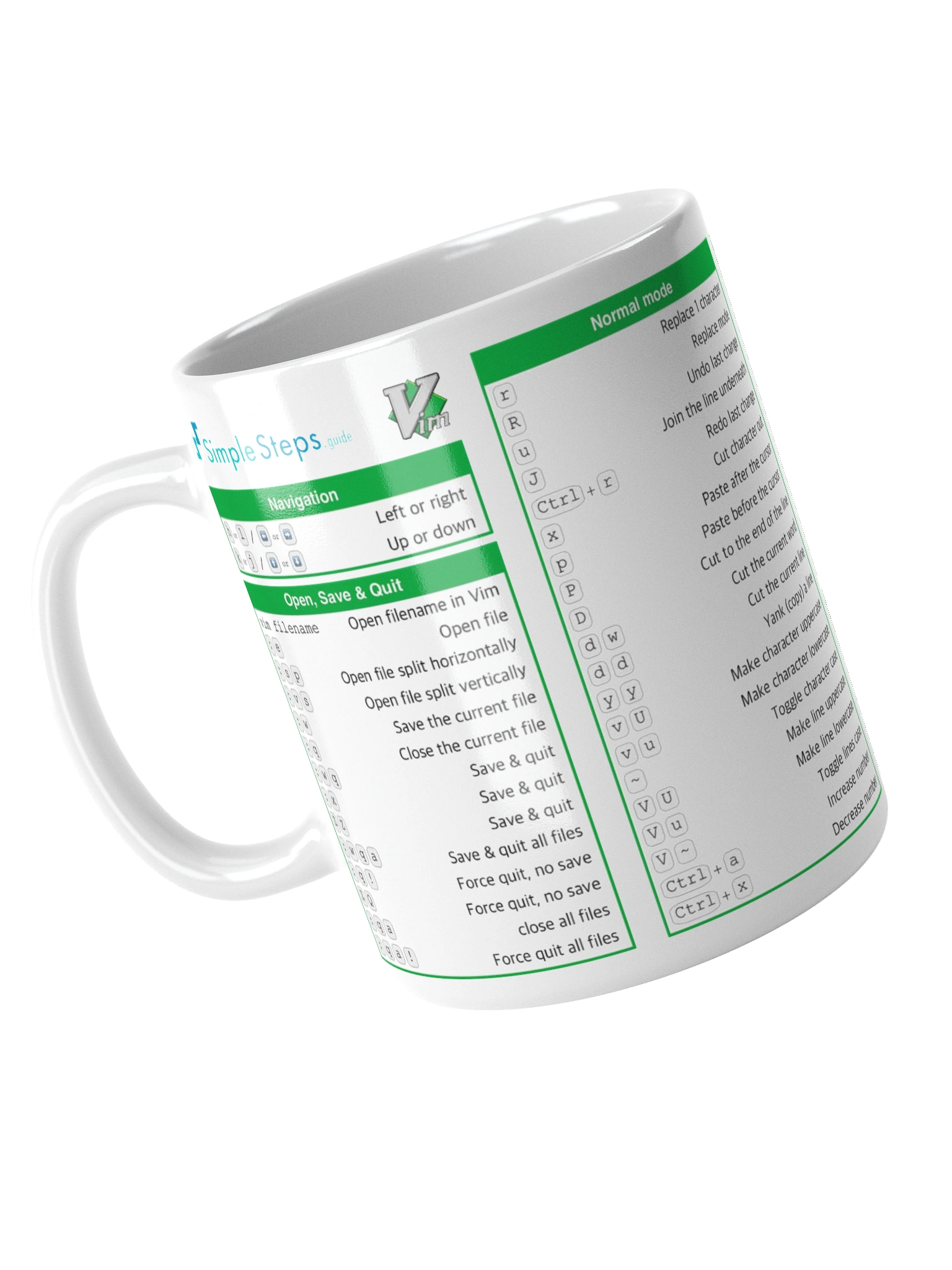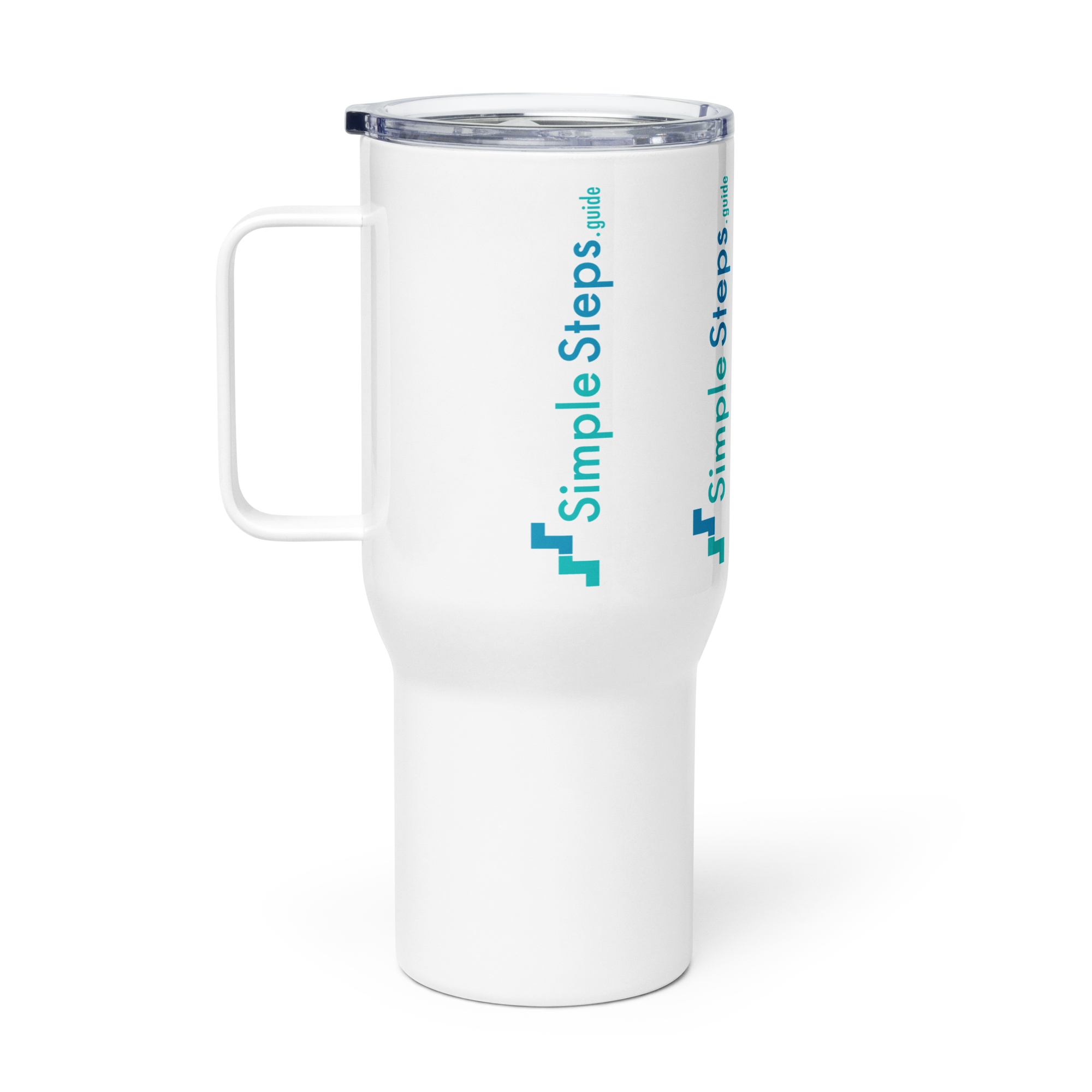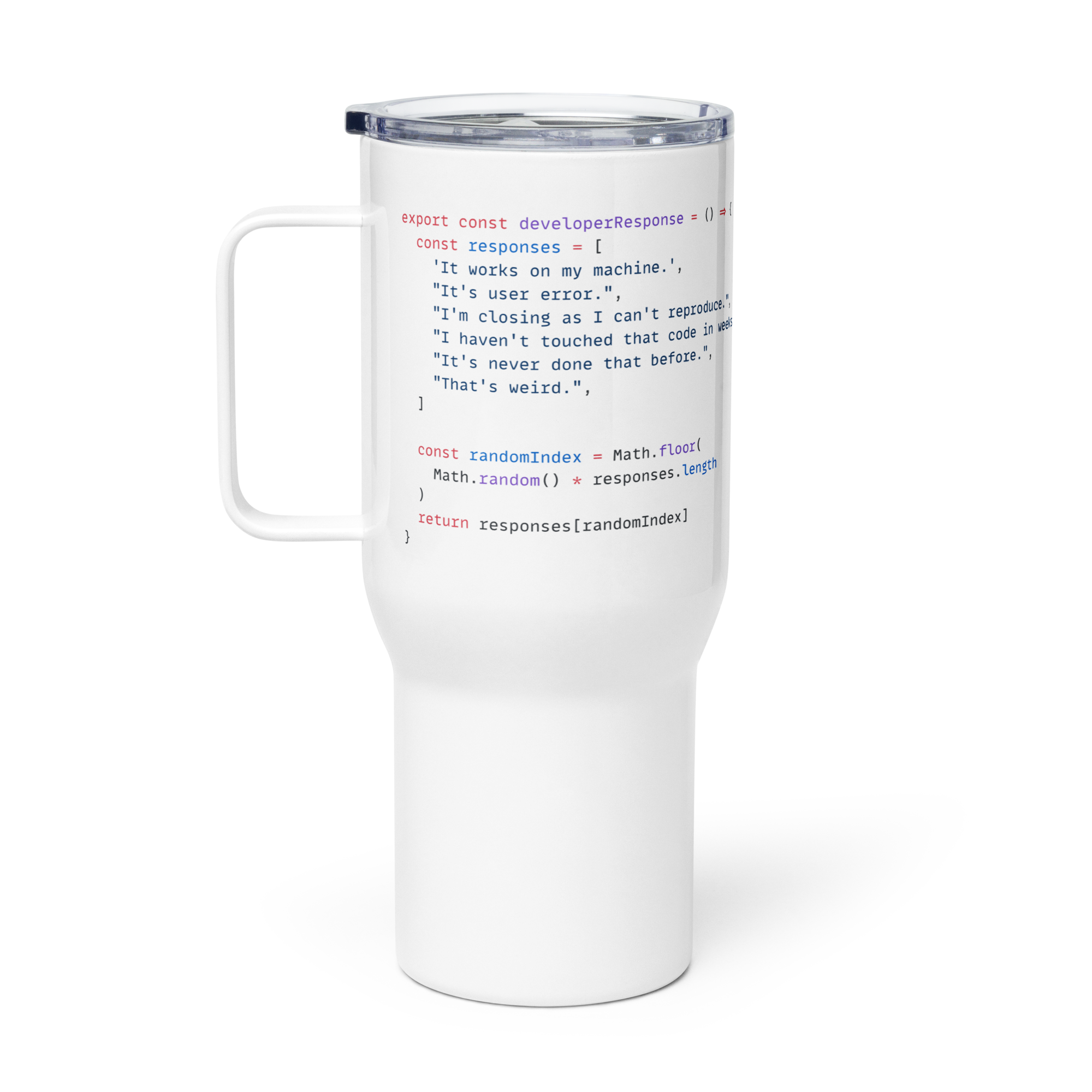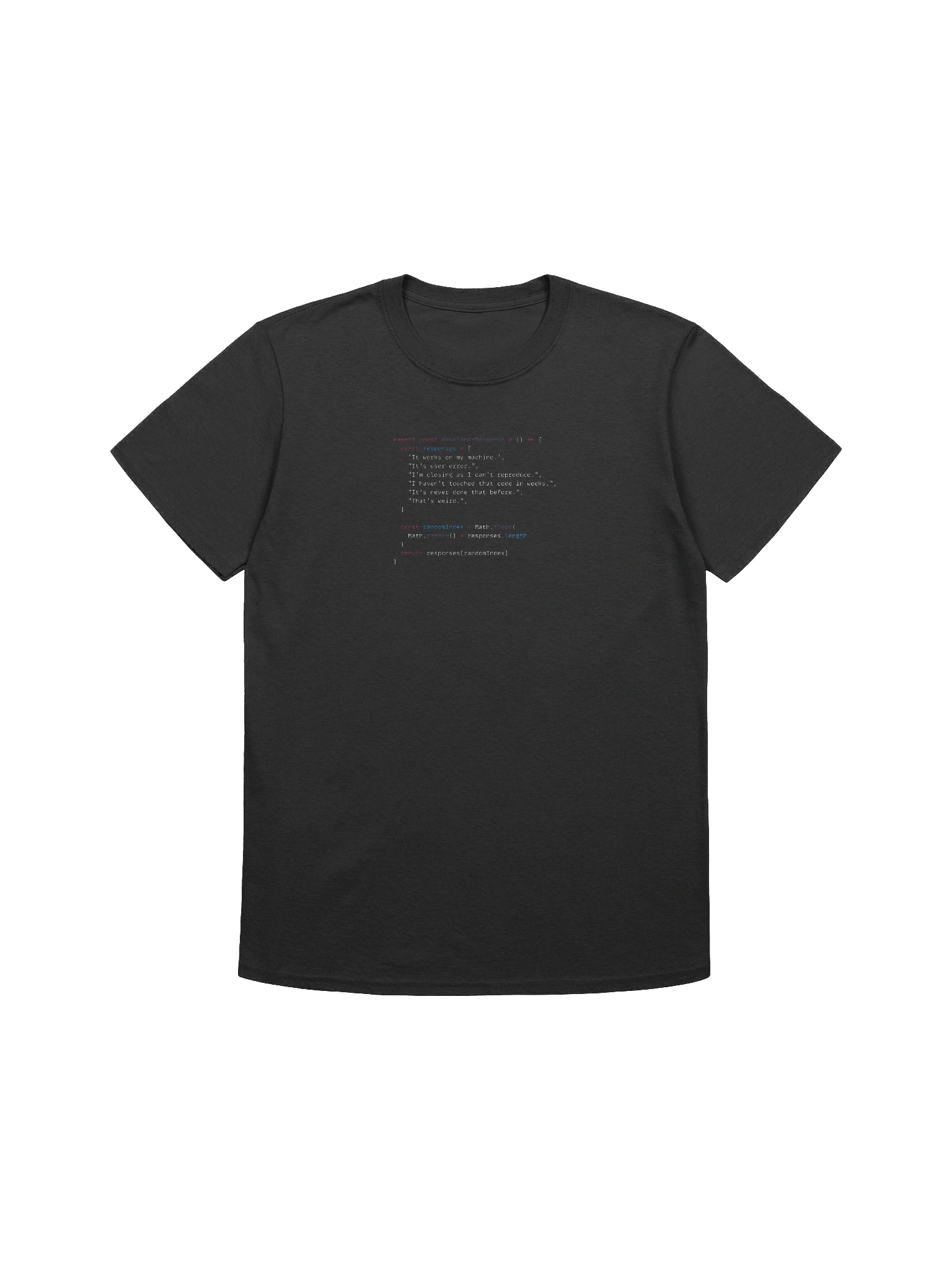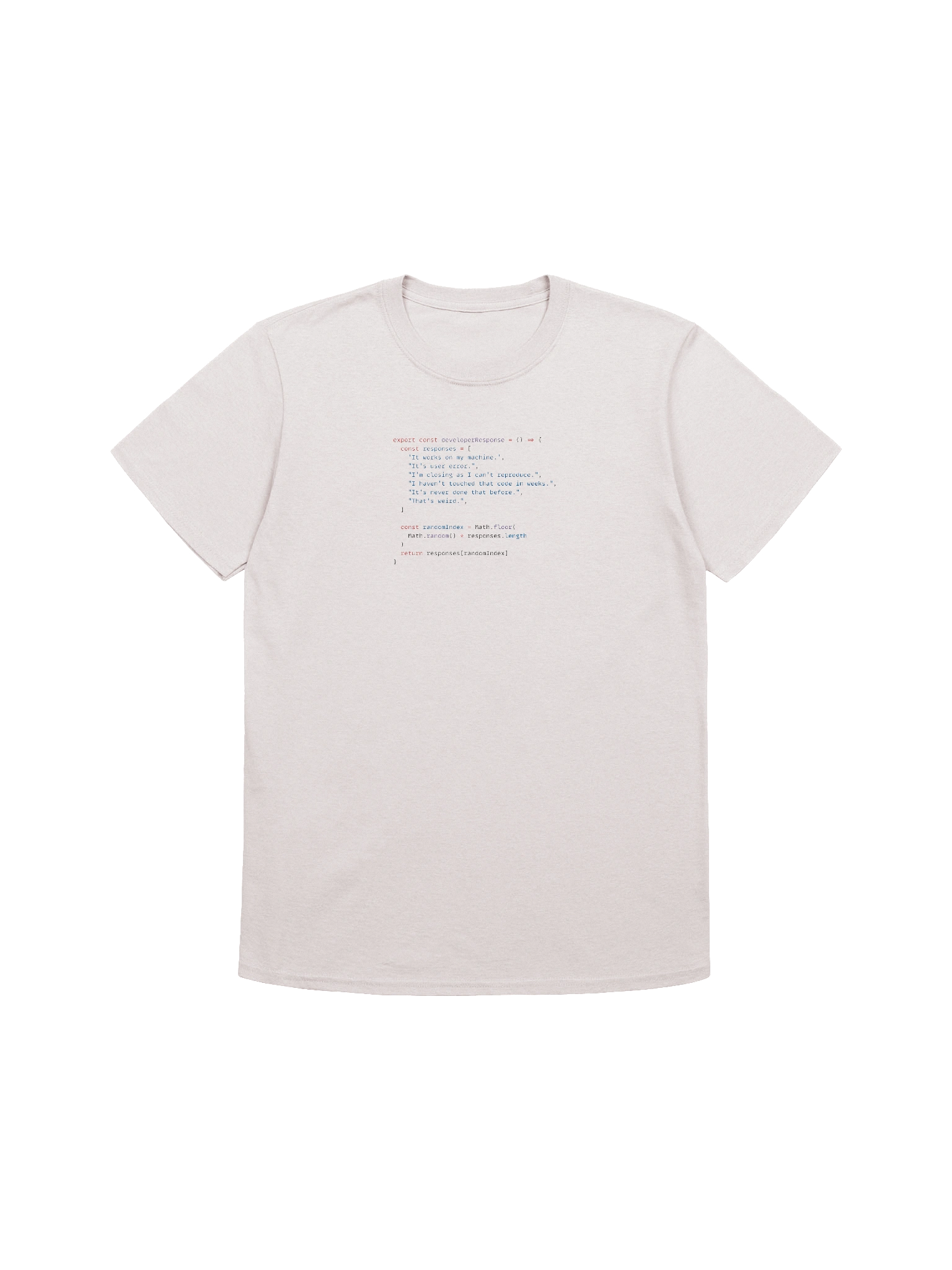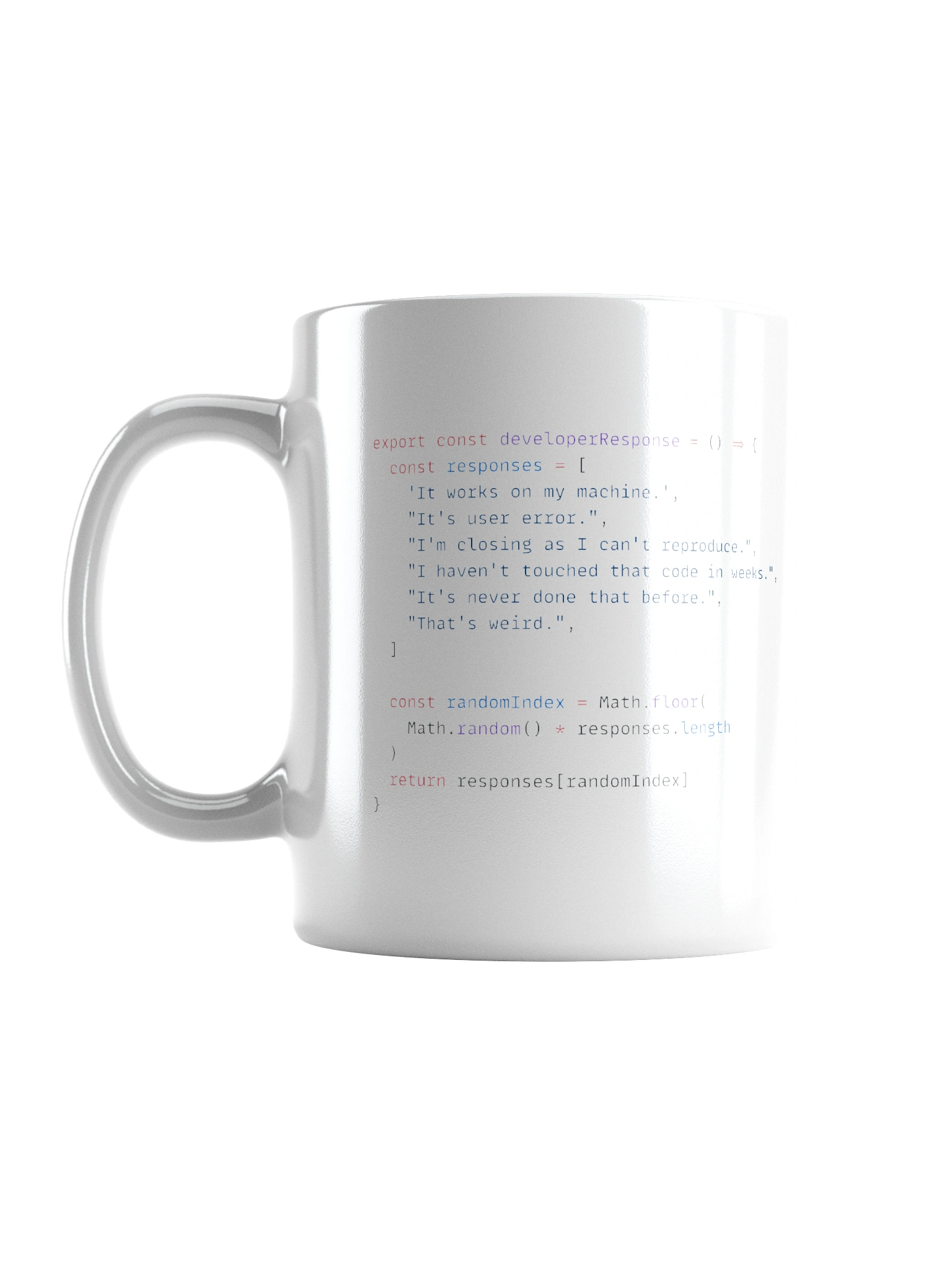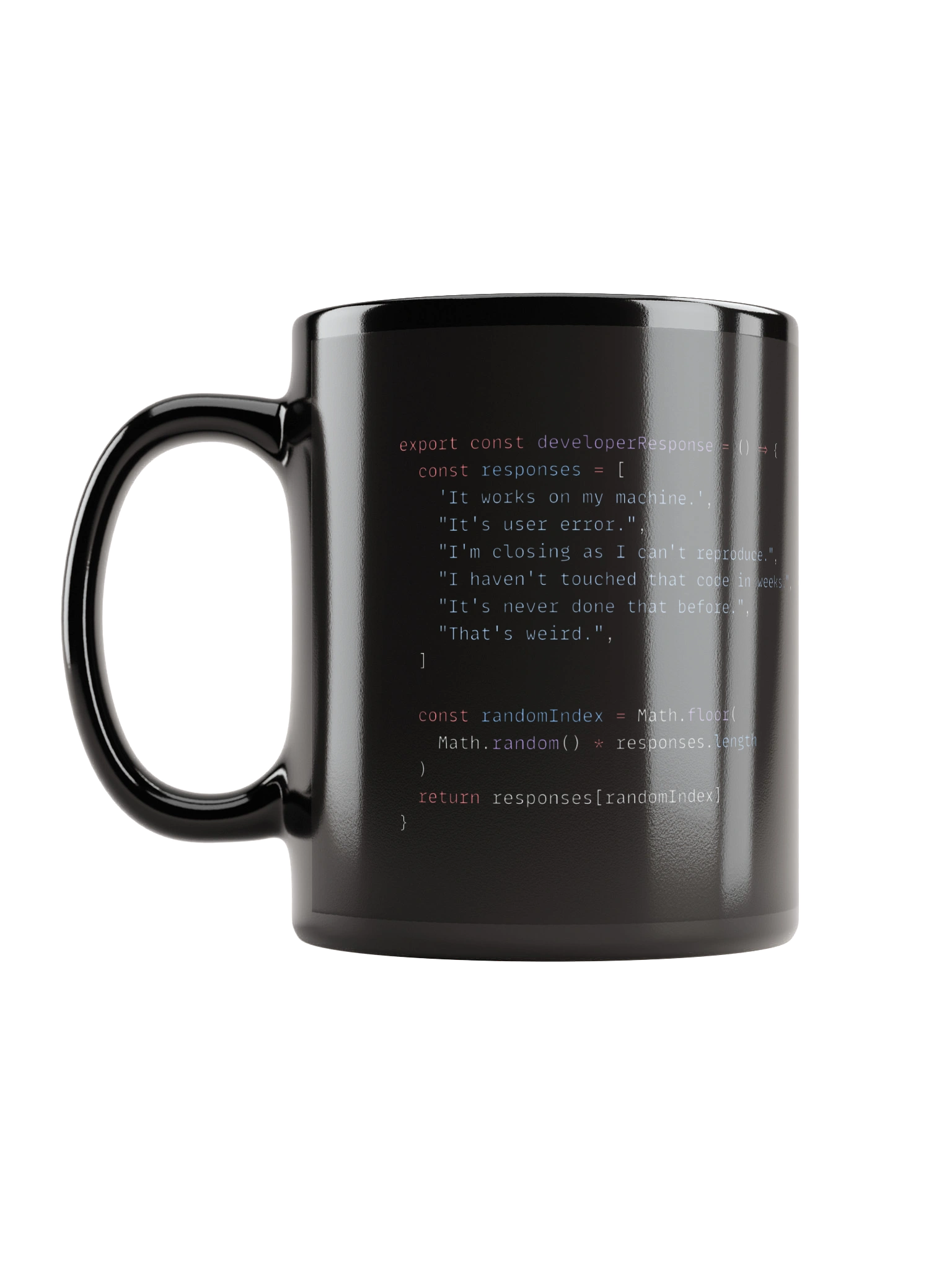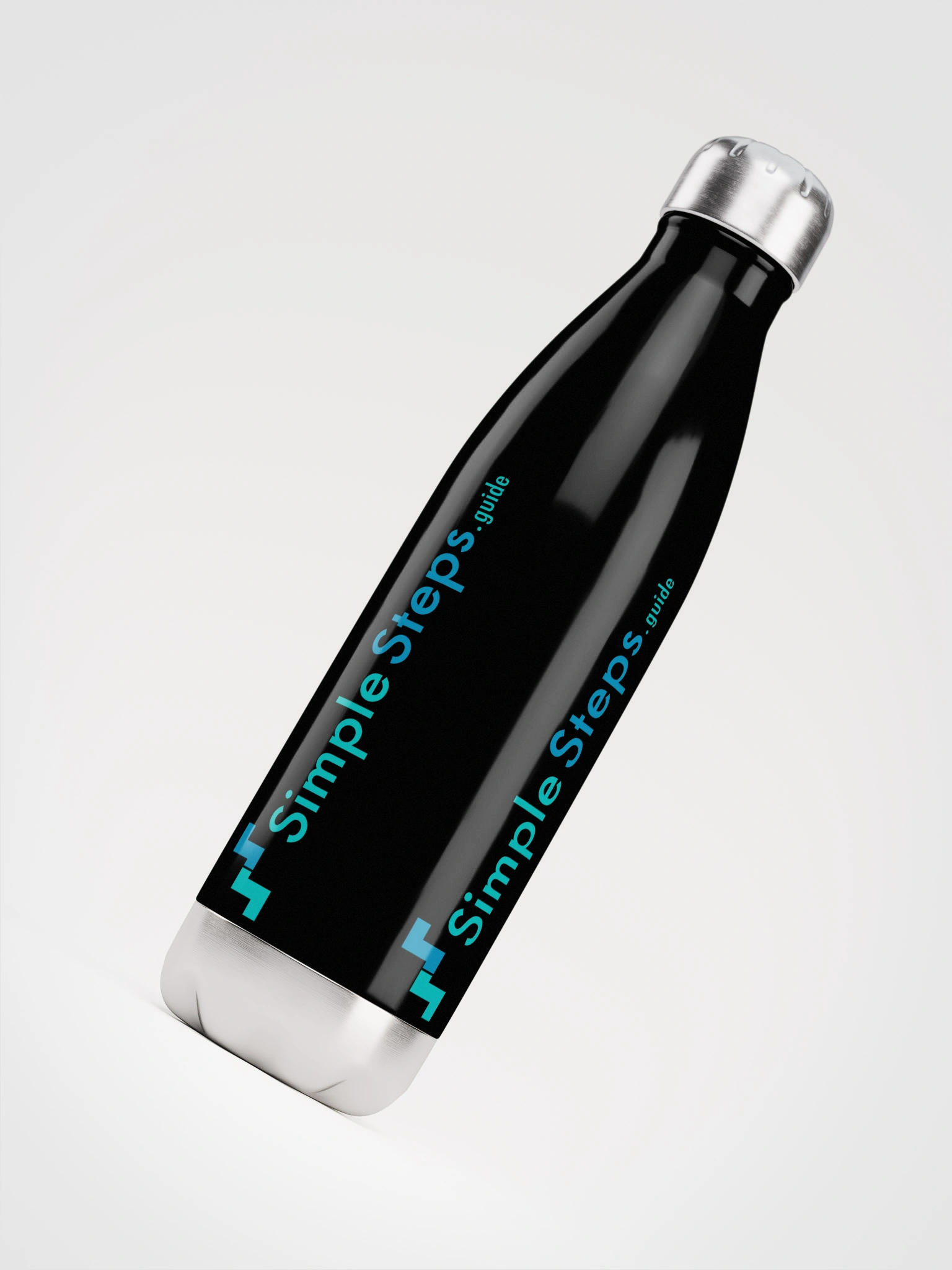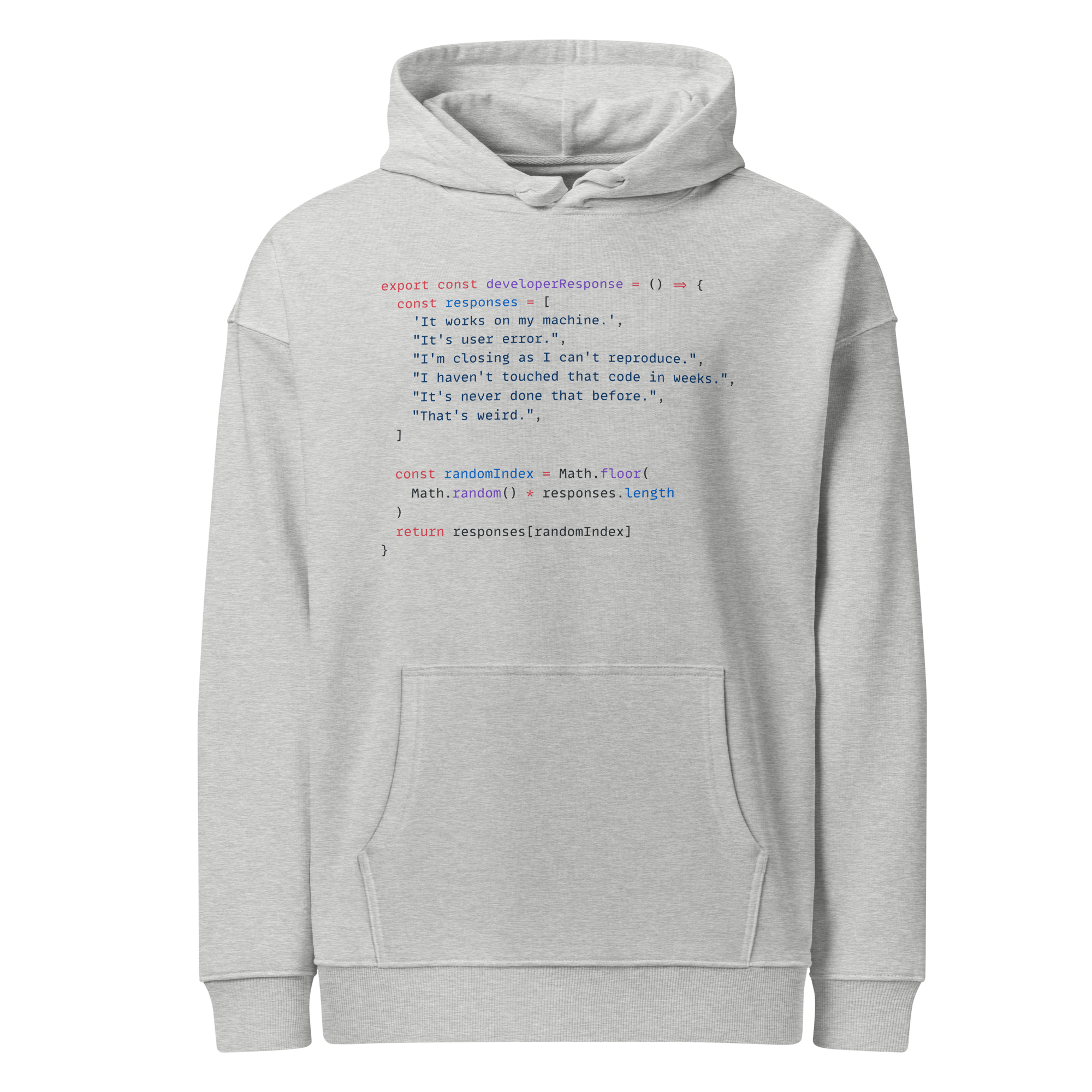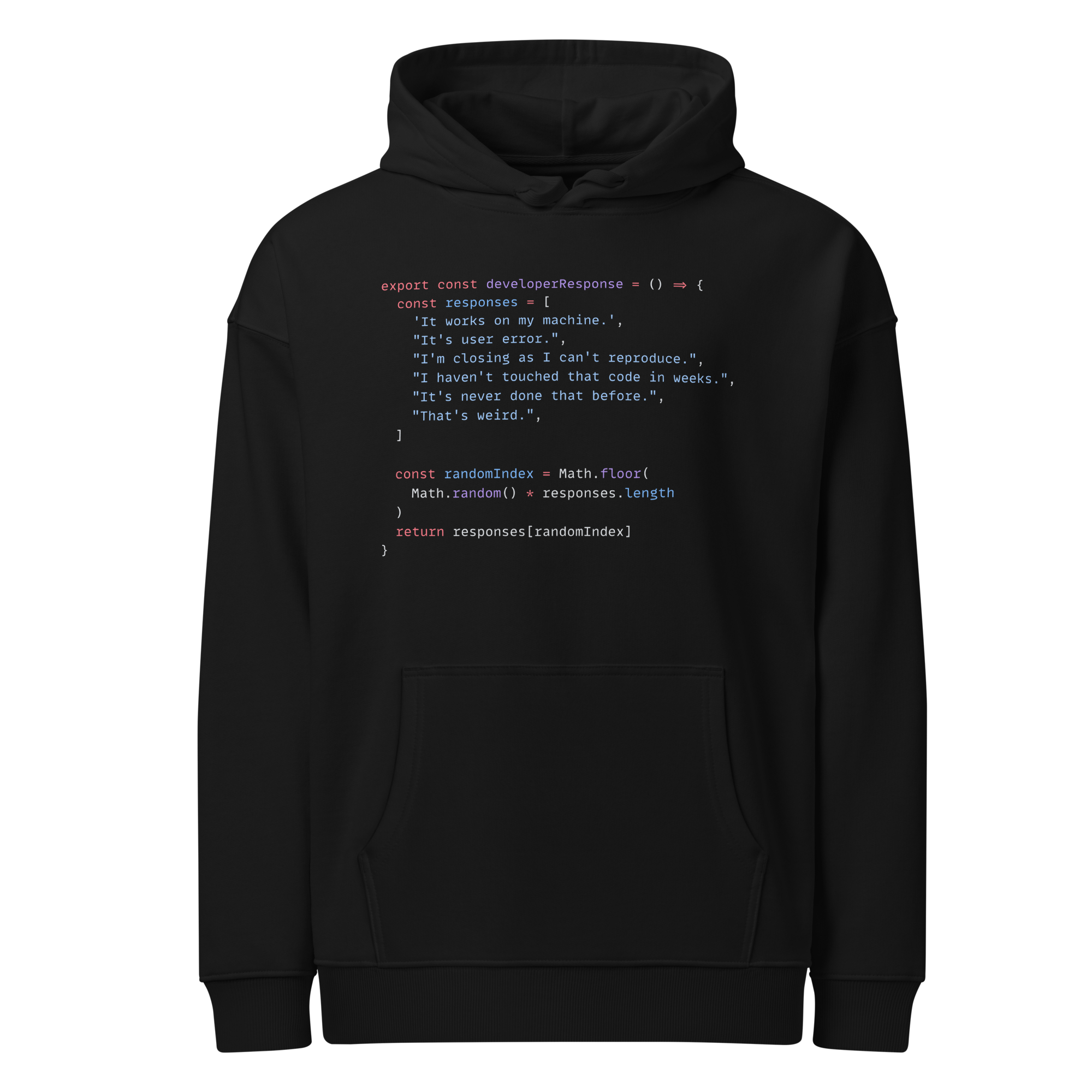Configs & secrets
Docker Swarm - Overview and how to use it
3 min read
Published Jul 13 2025, updated Jul 14 2025
Guide Sections
Guide Comments
When running applications in Docker Swarm, configuration management and secure handling of sensitive data become critical. Swarm offers two powerful tools for these needs:
- Configs: For storing configuration data (non-sensitive).
- Secrets: For securely managing sensitive data like API keys, passwords, TLS certificates, etc.
They allow you to externalise configuration, avoid hardcoding, and ensure secure distribution of data to only the services that need them.
What Are Docker Swarm Configs?
Docker configs are intended for non-sensitive configuration data that you want to manage separately from your application code — such as:
.conffiles.jsonor.yamlconfigs- HTML files (e.g., custom landing pages)
- Any plain-text content that isn’t private
Configs are versioned and managed by the Swarm manager, and mounted read-only into containers that need them.
How to use configs
Create a Config:
This uploads the file to the Swarm manager and stores it under the name my-config.
Use It in a Service:
This mounts the config file inside the container at /etc/myconfig.conf.
Inspect a Config:
List All Configs:
Remove a Config:
Removing a config that’s still in use by a service will fail — you must first remove the service or update it to no longer reference the config.
What Are Docker Swarm Secrets?
Secrets are similar to configs, but designed for sensitive data:
- Database credentials
- TLS private keys
- API tokens
- Encryption keys
Swarm encrypts secrets at rest and in transit, and only makes them available to the container at runtime — never as build-time arguments or environment variables.
How to Use Secrets
Create a Secret:
Or create from a file:
Use It in a Service:
The secret will be available inside the container under:
Secrets are read-only files in that directory and are removed when the container stops.
Inspect a Secret:
List All Secrets:
Remove a Secret:
Note: You cannot update an existing secret. You must delete and recreate it, then update the service to use the new version.
Secrets vs Configs: Key Differences
Feature | Configs | Secrets |
Purpose | Non-sensitive configuration | Sensitive data (passwords, keys) |
Encrypted at rest | No | Yes |
Encrypted in transit | No | Yes |
Visible in API | Yes (plain text) | No (masked) |
Mounted path |
|
|
File permissions | Read-only | Read-only (mode 0400) |
Availability | Always on container start | Only at runtime |
Compose File Integration
Both configs and secrets can be used in docker-compose.yml when deploying via Swarm (docker stack deploy).
Example:
Deploy with:
Ensure the configs and secrets exist before deploying the stack (docker config create / docker secret create).
Secret security
- Secrets are only sent to nodes running the relevant service tasks.
- Only tasks that need a secret can access it.
- Stored in-memory, not written to disk.
- Rotating secrets requires creating a new secret and updating services to use the new version.
